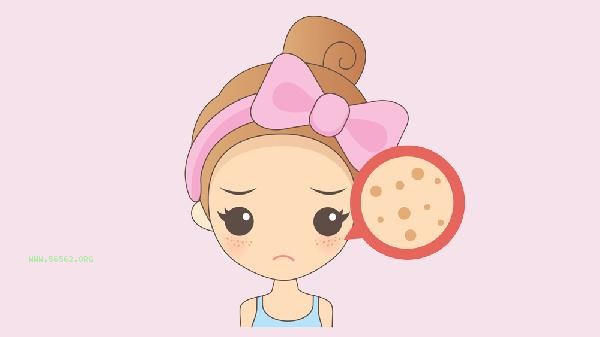Impulsive personality can usually be improved through deliberate training and psychological intervention. Impulsiveness in personality may be related to genetic factors, emotional management abilities, environmental stimuli, neurophysiological characteristics, childhood experiences, and other factors.
1. Cognitive Behavioral Therapy
Cognitive behavioral therapy helps establish a buffer zone between thinking and behavior by identifying impulse trigger points. When feeling that emotions are about to spiral out of control, pause techniques can be used to interrupt the automated reaction chain with deep breathing. Recording the premonitory signs, occurrence scenarios, and subsequent effects of impulsive events can enhance awareness of behavioral patterns.
2. Emotional Regulation Training
Mindfulness meditation can enhance sensitivity to physical reactions and reduce the intensity of emotional reactions. Daily body scan exercises, paying attention to physiological signals such as increased heart rate and muscle tension, can help take intervention measures before emotional outbursts occur. Emotional diaries can help distinguish between real threats and subjective exaggeration, gradually establishing a more objective evaluation system.
III. Environmental Adjustment Strategy
Refactoring situations that are prone to impulsivity, such as reducing the frequency of exposure to irritable situations. Set up physical barriers to actively leave the stimulus source at emotional tipping points. Establish a support system and maintain regular communication with individuals who can provide rational feedback. External perspectives can effectively break the impulse cycle. 4. Cultivation of Neuroplasticity: Regular aerobic exercise can enhance the function of the prefrontal cortex, which is responsible for inhibiting impulsive behavior. Maintaining sufficient sleep can stabilize amygdala responses and reduce excessive alertness. Supplementing with foods rich in omega-3 fatty acids may help improve nerve conduction function.
V. Establishment of Alternative Behavior
Design an action library that can replace impulsive behavior, such as squeezing a pressure ball instead of throwing an object. Implement delayed gratification training, gradually extending the restraint time from a short wait. Rehearsing high conflict scenarios through role-playing and preparing non impulsive response plans in advance.







Comments (0)
Leave a Comment
No comments yet
Be the first to share your thoughts!